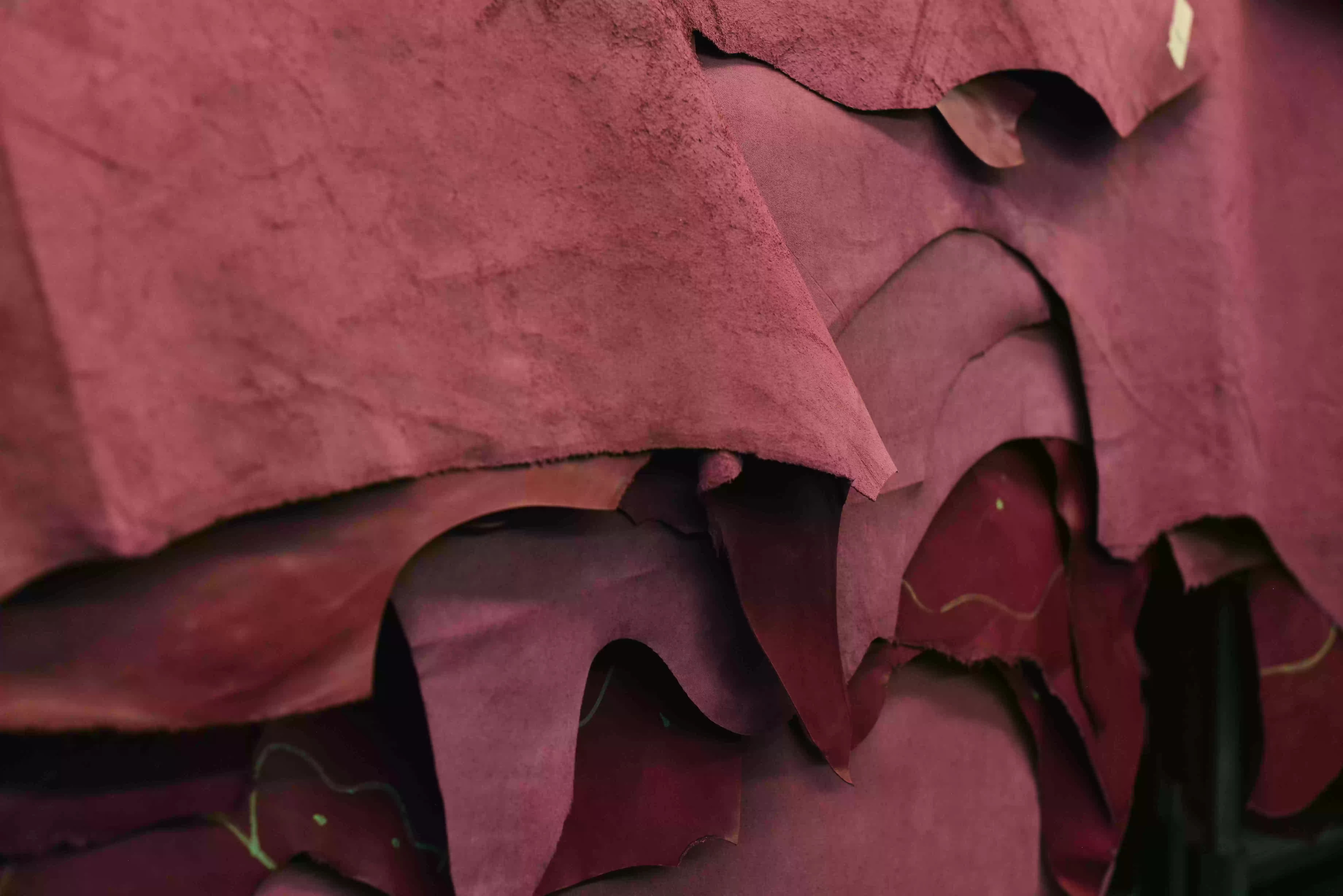Detailed content of our market study
 Inforamtion
Inforamtion
- Number of pages : 35 pages
- Format : Digital and PDF versions
- Last update :
 Summary and extracts
Summary and extracts
1 Market summary
1.1 Definition and presentation
The "maroquinerie" market is a micro-category of the wider leather clothing market and refers to all leather accessories (e.g. bags, belts, wallets). The distinguishing mark of these fashion items is therefore the material: leather.
The use of leather has ancient origins, in prehistoric times clothing made from the skin of victims of hunting were worn. Undoubtedly in the absence of further processing, the material did not last over time, which is why techniques of drying and preservation of the material were gradually devised.
The small leather goods market in Italy continues to grow, but for years the positive evolution has not been stimulated by domestic demand, which is gradually decreasing, but by exports. Italy is one of the world leaders in the production and processing of leather, a sector that affects a considerable number of companies and employees and that consequently has a significant impact on the GDP of the country. The leather goods segment is expected to be gradually impacted by different purchasing habits (e.g. growing interest in sustainability, "environmentally friendly") and by the proliferation of distribution channels.
All our studies are available online in PDF format
Take a look at an example of our research on another market!
 Choosing this study means :
Choosing this study means :
Access to more than 35 hours of work
Our studies are the result of over 35 hours of research and analysis. Using our studies allows you to devote more time and added value to your projects.
Benefit from 6 years' experience and over 1,500 industry reports already produced
Our expertise enables us to produce comprehensive studies in all sectors, including niche and emerging markets.
Our know-how and methodology enable us to produce reports that offer unique value for money.
Access to several thousand articles and paid-for data
Businesscoot has access to all the paid economic press as well as exclusive databases to carry out its market research (over 30,000 articles and private sources).
To enhance our research, our analysts also use web indicators (semrush, trends, etc.) to identify market trends and company strategies. (Consult our paying sources)
Guaranteed support after your purchase
A team dedicated to after-sales service, to guarantee you a high level of satisfaction. +44 238 097 0676
A digital format designed for our users
Not only do you have access to a PDF, but also to a digital version designed for our customers. This version gives you access to sources, data in Excel format and graphics. The content of the study can therefore be easily retrieved and adapted for your specific needs.
 Our offers :
Our offers :
the leather goods market | Italy
- What are the figures on the size and growth of the market?
- What is driving the growth of the market and its evolution?
- What is the positioning of companies in the value chain?
- Data from several dozen databases
5 reports pack (-15%) IT Italy
- 5 reports at €75.6 excluding VAT per study to choose from our Italian catalogue for 12 months
- Save 15% on additional studies purchased
- Choose to be refunded any unused credit at the end of the 12-month period (duration of the pack)
See the terms and conditions of the pack and the refund of unused credit.















